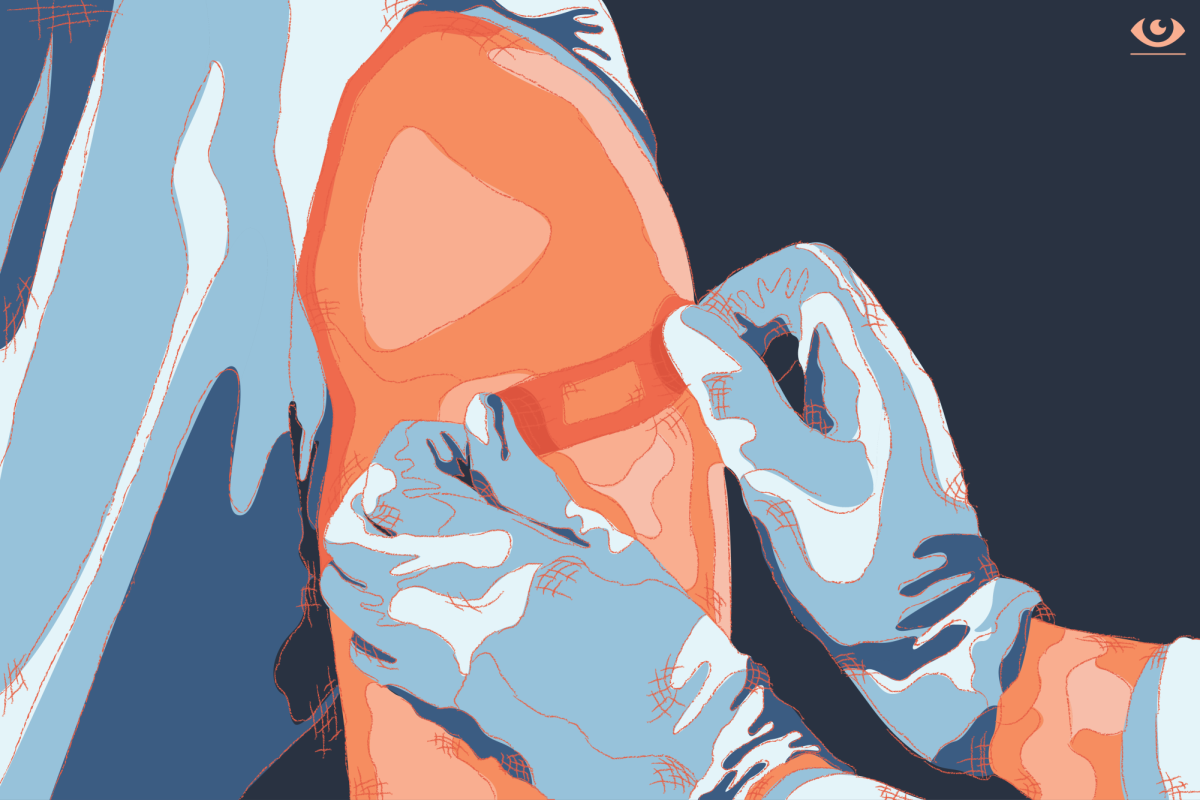
Most Manual students’ start to the day is very hectic. They wake up anywhere between 5 and 7, eat breakfast, check that their homework is in their backpack, check that they have the right backpack, they get in a car or bus, and they get to school before the bell rings. In order for this cacophonous yet precise routine to work, students must be skilled in picking out dress-code appropriate outfits in a very short amount of time. This can be difficult, especially for girls. Sarah Kelley (10, HSU) is no exception.
“I’m definitely not a morning person, and when I stay up really late doing homework, it makes getting up earlier ten times harder. The very last thing I want to do is pick out an outfit that fits the dress code when I could just slip into a pair of yoga pants and be on my way,” Kelley said.
This opinion is not only common among many high school girls in Kentucky, but also in high-school girls across the country–and even the world. Most public and private high schools have some sort of dress code, if not a uniform, and some of these dress code rules make sense. For example, Manual’s rule of not allowing shirts that express violent sentiments or relate to alcohol or drugs is something that most people would consider reasonable. It’s rules like banning bare shoulders, leggings, and yoga pants that are more controversial.
“The way a student chooses to dress is recognized as a form of First Amendment expression. That can take many forms — and the First Amendment protects those messages just as it protects verbal or written message,” said Frank Lomonte, the director of the Student Press Law Center. “The very most important of all student First Amendment cases, Tinker v. Des Moines, could be thought of as a ‘dress code’ case. It was a challenge to a rule against wearing anti-war armbands to school during Vietnam. The students convinced the U.S. Supreme Court that the ban violated their First Amendment rights, because the armbands conveyed a message and did not substantially disrupt school operations.”
The main issue with most dress codes is that they can be very vague. For example, Manual’s dress code prohibits clothes that “may cause a disruption in the educational process or jeopardize the safety of students or teachers or interfere with the learning environment”. This rule is based upon no actual parameters, and is therefore both confusing and has the potential to be unfair. Something that disrupts one person may not disrupt another. This rule allows teachers and administrators to almost randomly decide, based upon no explicit requirements, whether a student is dressed appropriately or not.
Of course, dress codes differ from school to school. For example, Hannah Smith, an Australian teen who now attends school in France, switched from a school with strict uniform to a school with almost no parameters for appropriate dress.
“In Australia we wore uniforms. At my old school in particular, we weren’t to wear heavy makeup, only natural colours I suppose. They didn’t allow excessive jewellery. A stud, a watch and one ring were allowed. We had a strict uniform. Even when people wore shoes that weren’t black, we needed a note from our parents explaining why we didn’t have the proper uniform,” she explained.
However, after Hannah moved to France, she found that the dress code was a lot more liberal.
“Pretty much everyday I wear a t-shirt and jeans. I plan my outfits the night before,” she explained. “But sometimes I find that people show up in ridiculously high-end brands, so it almost became a competition.”
Claire Flath, a sophomore who attends a magnet school similar to Manual, says that the dress code at Lakota West High School in Cincinnati is extremely loose.
“My high school is not that strict about dress code. Basically, we have to cover our boobs and butts, but we’re allowed to wear shorts and tank tops,” Flath said. “The administrators trust us. They trust that we’re mature enough to make good choices about what we wear, and we haven’t done anything to break that trust yet. They treat us like young adults, so we don’t resent the dress code at all.”
Kira Champelli is another high school student who attends a school with a dress code. However, the dress code at Green Valley High School in Las Vegas would probably sound more familiar to Manual students than Hannah’s or Claire’s.
At Green Valley, students cannot wear skirts or shorts shorter than fingertip length and tank tops are not permitted. They cannot wear scarves or bandanas due to “gang affiliation” and cannot have excessive facial piercings.
“The dress code is like this throughout Las Vegas, but we are allowed to wear flip flops which is not allowed usually in any school. There’s nothing really discriminating about the dress code, it’s the same for both guys and girls. The only thing is that it’s a bit outdated in the amount of security on things that could be gang related, because it’s not as much of an issue,” Champelli said.
The bandana ban, which is present at Manual, is just another example of an outdated rule. Manual has little to no record of gang-related discipline issues, and bandanas are worn these days tied in a way that imitates headbands. However, bandanas are just the tip of the iceberg at Manual.
One of the biggest grievances that Manual students have against the dress code is the ban on sleeveless tops, leggings, and yoga pants. Even though the dress code isn’t meant to specifically target a certain gender, these rules were most likely created specifically with the female body in mind.
“There are rules that we have to cover up our shoulders and make sure that our clothing isn’t shorter than our fingertips because otherwise the item of clothing is ‘inappropriate’,” Stephanie Little (9, J&C) said. “If people aren’t mature enough to see a little skin without getting upset, my clothing isn’t the problem.”
Manual students aren’t the only ones who find this rule unfair; girls are beginning to revolt nationwide against similar rules. Sophie Hasty, a thirteen year old student at Haven Middle School in Evanston, Ill., started a petition that is now 500 signatures strong against her school’s ban on leggings. School administrators told girls that leggings were “too distracting to boys” to be allowed in the classroom. Hasty recognized that putting the burden of making sure their clothes didn’t “distract boys” on girls was unfair, especially because the rule quickly began to be unevenly applied, often singling out girls who were more developed.
A lot of people don’t understand the fuss about the dress code, but Manual students will readily express their discontent when asked. Maybe there will be a time in Manual’s future when girls can freely wear leggings and sleeveless tops, but for now, girls will have to remember to bring their cardigans and make sure their skirts go to their knees.






